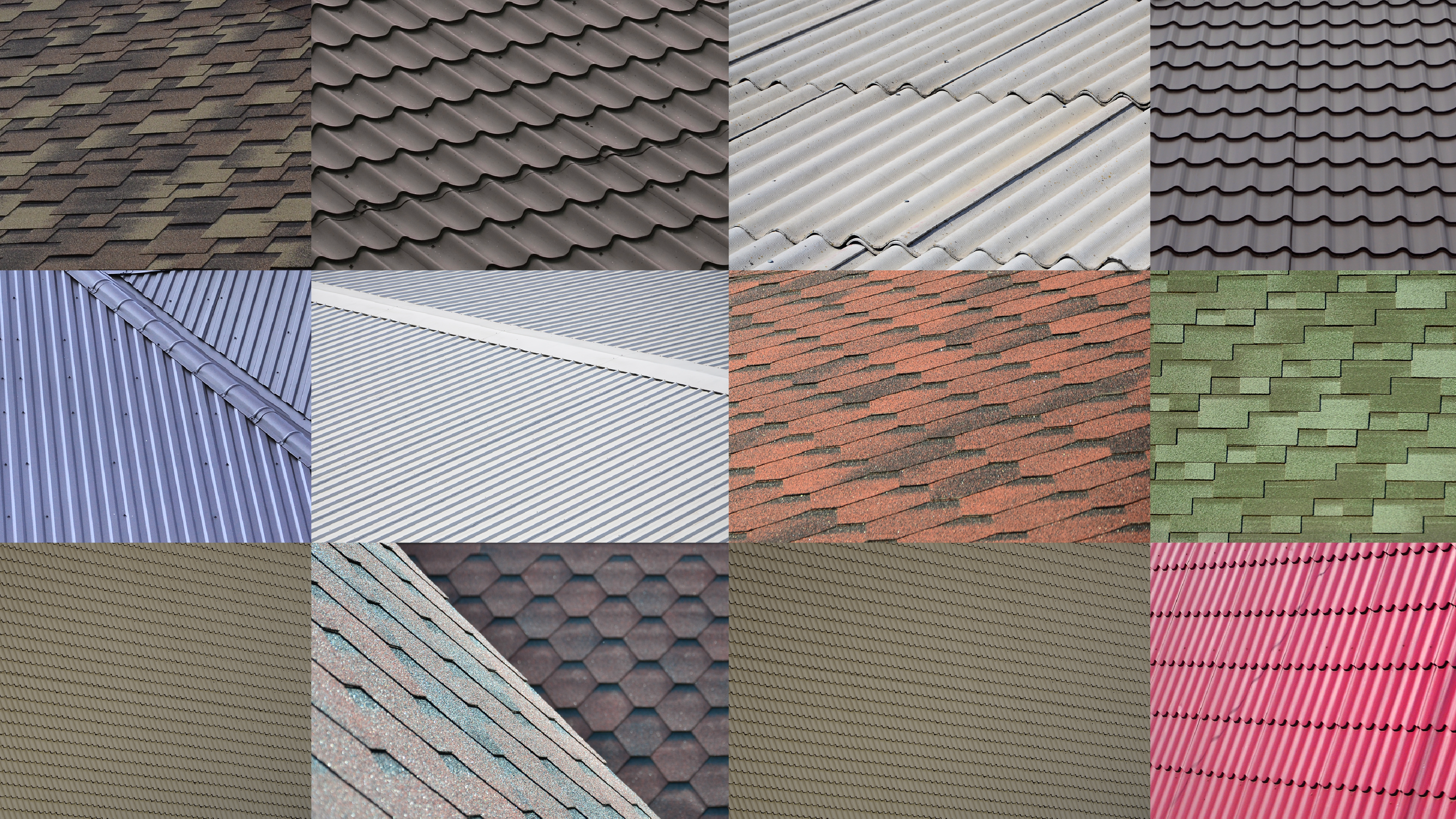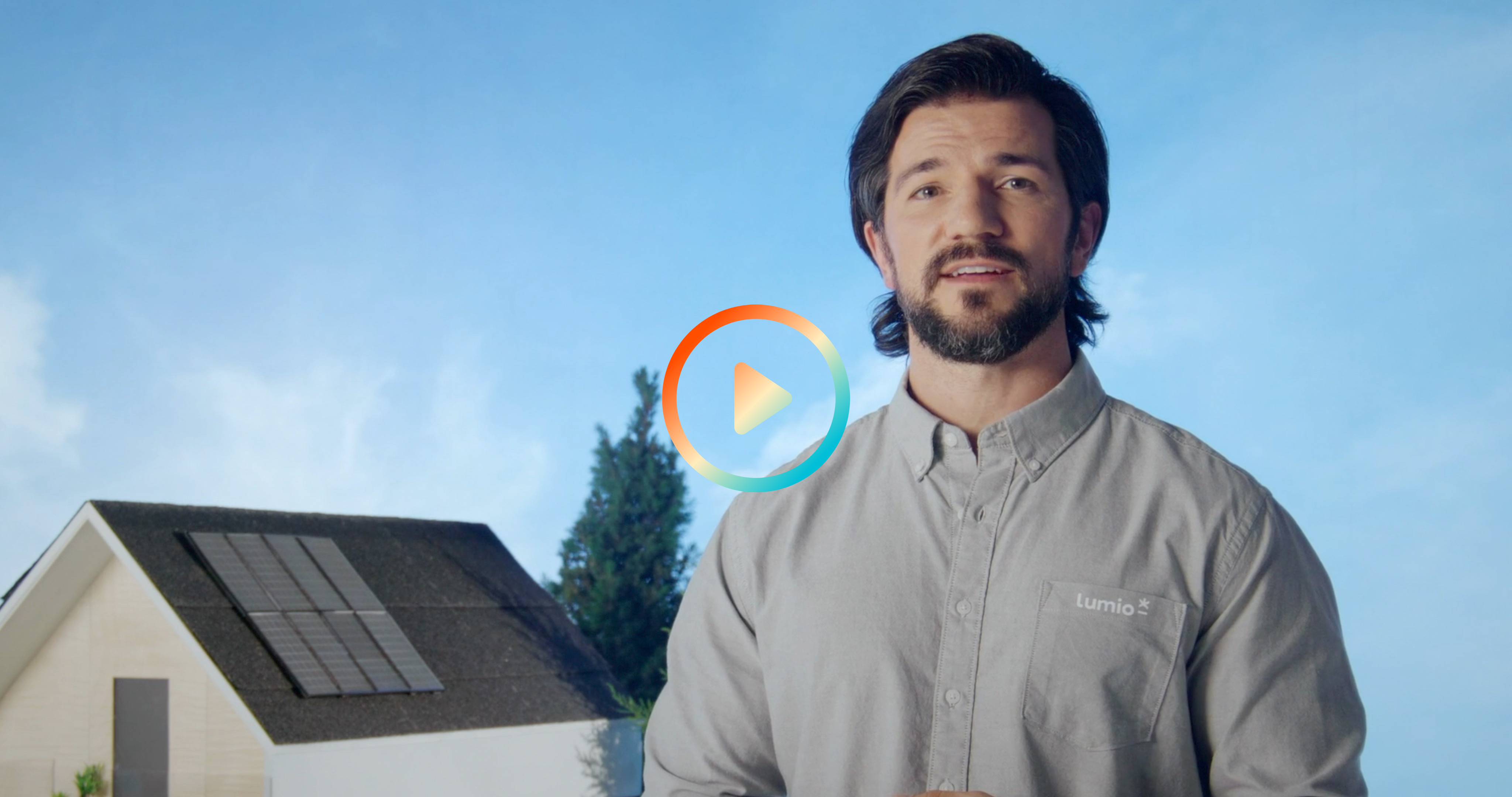Does Your Roof Qualify for Solar?
Not all roofs do, but we may be able to help there, too.

by Caroline Nurse
5 min read - Published on 05/10/2022
When our solar expert comes to your house to see if you qualify for solar we're going to check out a few things. We’ll look at your utility bill, your electricity meter, and most importantly we’ll check your roof. A solar-ready roof is going to have several specific qualities that will make it ideal for solar panel installation. The type of roof you have can also affect the efficiency of your solar panel energy generation.
Different Roof Types: Cost and Installation
Solar has become significantly more affordable in the last twelve years with costs dipping lower than 70% of what they were in 2010. But even with substantial drops in price, it still does not make sense to install solar on an inferior roof. Different aspects of your roof, however, can affect the cost of your solar installation. Including:- Roofing material
- Roofing slope
- Roof orientation
Roofing Material
Solar panels can be put on almost every roof in one way or another. The variation of roofing material leads to installers using different methods to adhere your panels to the roof. Some roofs require extra racking equipment, such as a flat roof. Some roofs require delicate installs, like tile. If your roof is made out of wood or slate, rooftop solar might not be the recommended best option for you due to the fire safety hazards associated with this roof type. The most common roofing material we see are composite shingles. Cement, cedar, and tile roofs may increase the installation cost.

Roofing Slope
The slope of your roofline also comes into play. The optimal slope for your roof is 30 degrees. If you have a roof with a slope of 40 degrees it will only decrease your panel's energy production efficiency by 1%, but most companies will be leery to send their crews on a roof with a slope like that. This is potentially too steep for installers to safely secure panels to your rooftop.
If your roof is less than 30 degrees you may need to purchase hardware to tilt your panels to 30 degrees. Flat roofs lead to quicker installs. Sloped roof mounts secure the panels by drilling into the roof while flat roof mounts are weighted and use gravity to secure the panels and don't always require drilling.
One element of your roof slope that can cause complications or increase your cost in your install is the roof pitch. Your pitch is determined by dividing the vertical rise by the horizontal run. The most common pitch in roofs that we encounter is a 6 ½ pitched roof.
Roof Face Orientation
In the northern hemisphere the sun's path crosses the southern skyline. This means panels that rest on a south-facing roof will be able to generate the most energy throughout the year. Southwest and southeast-facing roofs are still a viable location for your panels, but they produce about 8% less than panels on the south-facing rooftop would. With direct east or west-facing roofs your panel's power production dips down 20% compared to the south-facing panels.
After your solar representative has qualified your home they will evaluate which part of your rooftop gets the most amount of good sun through the day. Once they have come to a conclusion they will be able to show you how the panels will look on your rooftop.
5 Roof Types
Composite or Asphalt Shingles
The most common roofing materials are composite or asphalt shingles. Composite shingles tend to last longer than their asphalt counterpart. The composite shingles are made of laminate, wood, and slate. Asphalt shingles are made from a cellulose mat or fiberglass material with an asphalt finish. Both are flexible and great for solar panel installations. Shingled roofs are very durable and typically last between 12 and 20 years. This makes it a great option for attaching solar panels that you’ll keep on your roof for several decades.
Metal
If you have a metal roof with standing seams, solar panels will work great on top of your house! The seams allow for easy attachment of the panels. Metal roofs can actually save you money on your solar installation since they don’t require any drilling for attachment. This saves you money on labor costs.
Metal roofs are great energy conservers as well, especially in Texas, Colorado, and Florida where it is typically sunnier and warmer. As your metal roof reflects the sun it keeps your home cooler, allowing you to consume less electricity to keep your home cool.
Tile
Tile roofs are very common in places like California, Arizona, and Central Texas. Solar can definitely be installed on tiled roofs but the labor cost is potentially higher due to certain tiles needing to be cut or removed to make room for the mounts. Tile roofs are quite sturdy against weather elements and tend to be one of the more watertight options for your rooftop.
Tar or Gravel
Tar and gravel roofs are most often flat roofs. As discussed above, solar panels need to be mounted on a slope for efficient energy generation. If you have a flat top roof there is no need to give up on your sustainable energy goals, there is a way for you to mount panels too! Installers will use tilt racks to make sure your panels are angled at 30 degrees.
Wood or Slate
Wooden roofs typically need shingles to help position where the panels will sit. Wooden roofs are not always recommended for solar installs because they pose fire safety concerns. You can install solar on a wooden roof, but it’s important to know all the potential risks and concerns upfront. Slate roofs are also not recommended due to the brittleness of the material.
Based on your roof type, the slope and pitch, and the direction your roof is facing, our solar experts will lay out the cost and your potential savings in a clear plan. Now is a great time to get your own custom quote. Give us a ring and let's see what solar can do for you.

